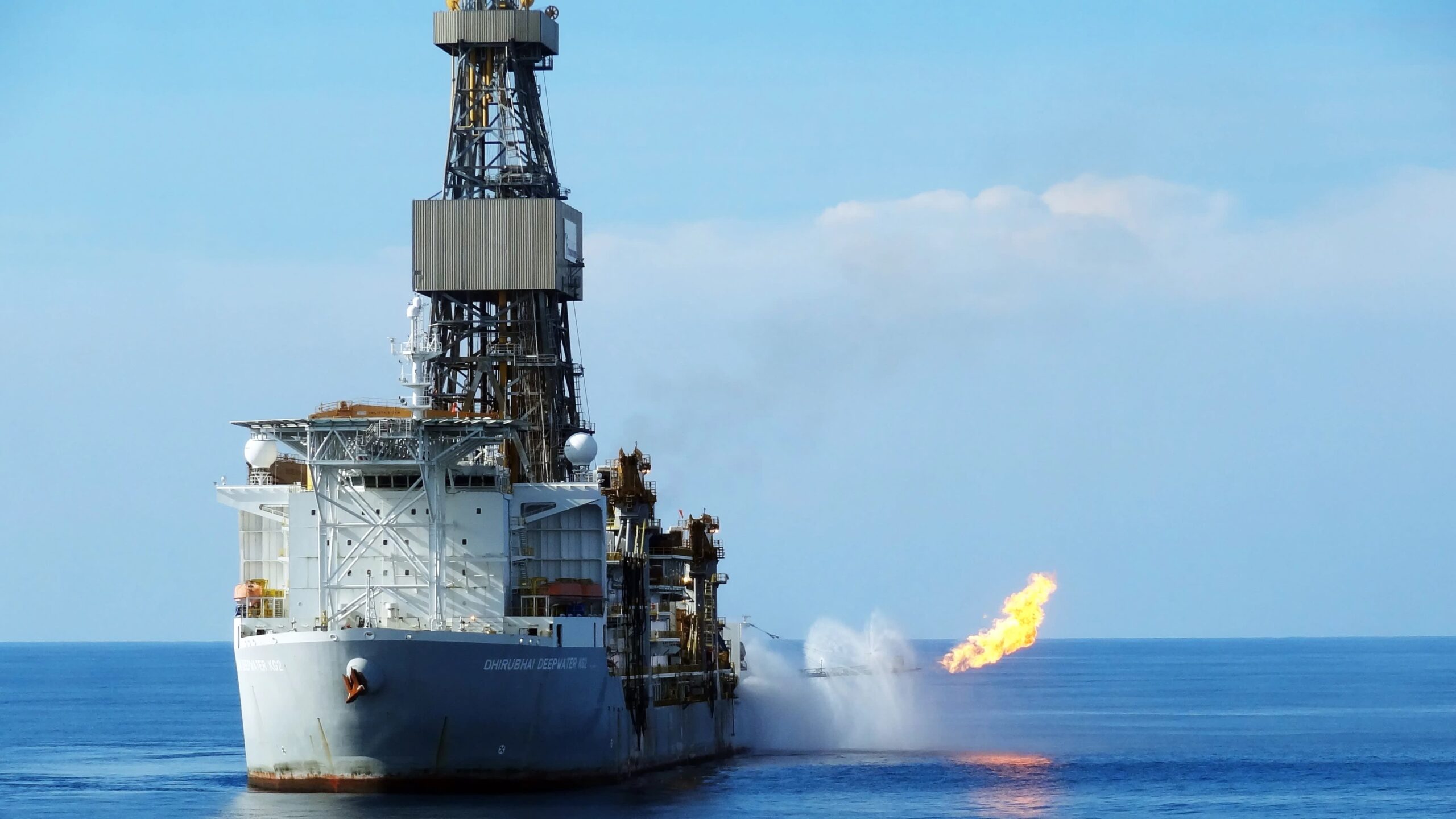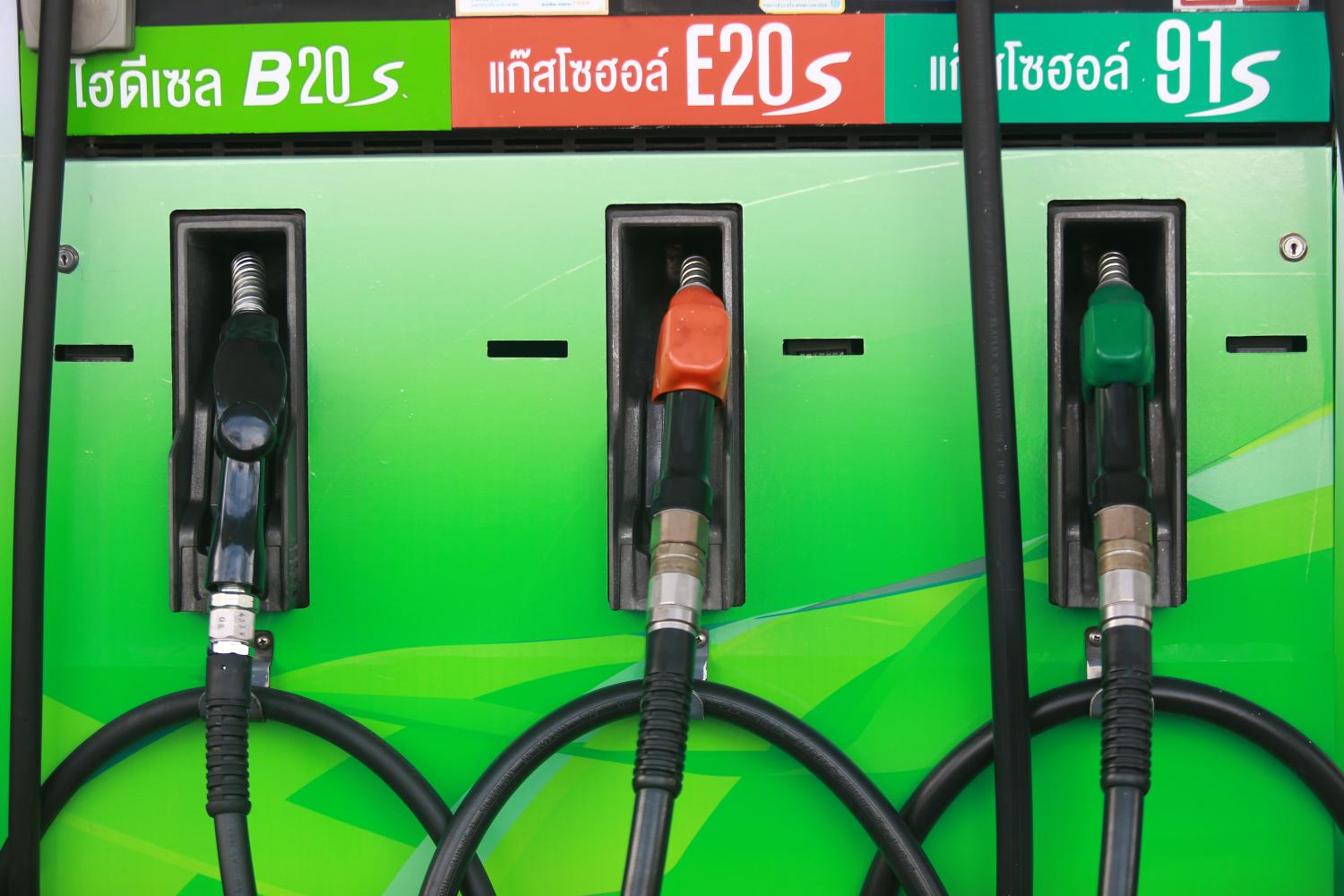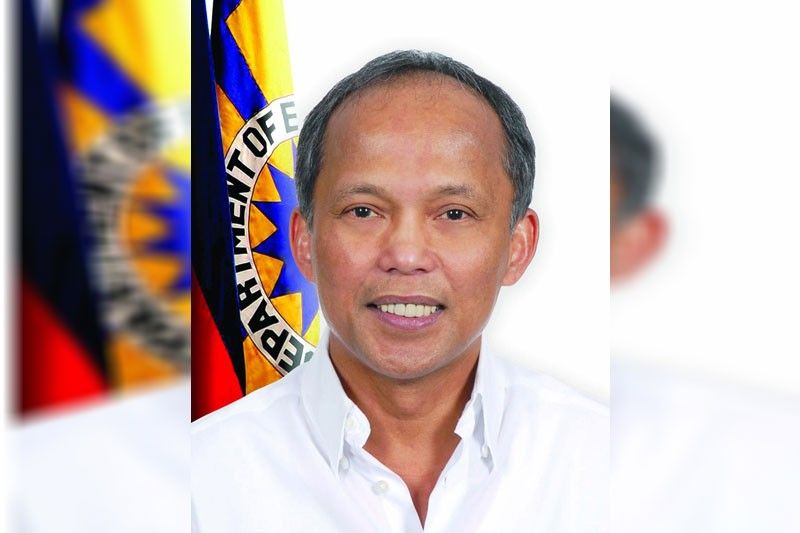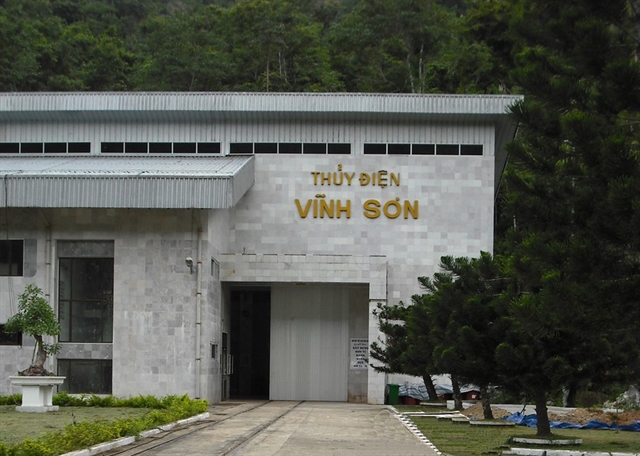YANGON — French energy company Total and Australia’s Woodside Energy, along with their local partner, have agreed with the government of Myanmar on financial terms for an offshore natural gas project.
The A-6 project, an offshore field in the Bay of Bengal off the coast of the southwestern Ayeyarwary region, will be Myanmar’s first ultra-deepwater natural gas field and is expected to attract billions of dollars in investment.
Woodside said that in the two-phase project, 10 wells (six in the first phase and four in the second phase) will be drilled at a depth of between 2,000 and 2,300 meters. Gas will be sent to a Total-operated existing field via a 240-km pipeline. From there, it will be sent to Myanmar and neighboring Thailand.
The three partners will enter the front-end engineering design phase that will decide details of the project in late 2020.
Yangon-based MPRL E&P, the local partner, obtained the rights to develop A-6 in 2007, but decided to seek help from partners with the technology and expertise for drilling in deep waters. Woodside joined the project in 2013, followed by Total in 2015. The two foreign partners have a 40% stake each, and MPRL E&P 20%.
They haven’t reached the final investment decision, which would trigger the procurement of materials. But Woodside Executive Vice President Meg O’Neill said in a statement that the agreement “will enable the commercialization of Myanmar’s first ultra-deep-water resource,” adding that it “will generate a significant long-term revenue stream for the country.”
The project has been the subject of long negotiations between the commercial parties and the government, which ended up making significant concessions.
The three companies announced in September 2018 that they had obtained positive results in test drilling. But they pushed for a greater share of the earnings, after arguing that a production-sharing contract — which enables companies to recoup their investment and split the remaining profit with the government — promised too little for them despite the risks of a large investment.
Conventional production sharing contracts in Myanmar reserve between 50% and 70% of natural gas output for cost recovery and give 12.5% of the output or equivalent cash to the government as royalty. The remaining profit is split with 60% going to the government in cases of shallow-water drilling. On top of that, contracts enable the government to buy up to 25% of the output for domestic energy supply at a 10% discount from international prices.
Sithu Moe Myint, the son of the founder of local business group Myint & Associates which serve as MPRL E&P’s country manager, declined to reveal details of the agreement, citing a confidentiality clause.
But he said: “The government offered more favorable contract fiscal terms in exchange for delivering very early first gas, and in recognition that we have been investing a lot in the block [for the exploration].”
The government has given ground in the talks because it is running out of time. During the A-6 negotiations, it repeatedly requested that the companies commit to starting production by the end of 2023.
Since the 1990s, when the country was still under military rule, Myanmar has developed four offshore natural gas fields with help from foreign capital. About 80% of the output was exported to Thailand and China, accounting for around 20% of the country’s exports to make up for the fledgling manufacturing sector.
But after 2020, the output of existing gas fields is forecast to decline, falling to 60% of the current level by 2025. Meanwhile, domestic demand for natural gas has been growing as electricity consumption rises.
The Economic Research Institute for ASEAN and East Asia said in its December 2018 report that “gaps between demand and supply are expected to appear in Myanmar’s natural gas balance around 2023,” adding that “it may be necessary to revise the contractual conditions for the production-sharing agreement to activate upstream development.”
“The joint venture recognizes that this is a challenging target. The company, however, is committed to doing everything possible to achieve the earliest possible first gas [production] in line with the government’s desire,” said Sithu Moe Myint.
Although A-6 won’t overwhelm the existing fields, it’s estimated to contain 2 to 3 trillion cubic feet of natural gas, with daily output of 400 million standard cubic feet. That accounts for more than 20% of the current daily production.
The global natural gas market has been shaken by growing U.S. production. “LNG prices have fallen since the shale revolution in the U.S. Companies have become more cautious about returns on investment,” Tatsuya Shoji, an analyst at Japan Oil, Gas and Metals National Corp. told the Nikkei Asian Review.
Demand has been growing in Southeast Asia, but the market environment no longer tolerates bullish resource nationalism. Underdeveloped countries such as Myanmar have to rely on technology owned by companies in advanced economies.
Myanmar plans to hold international bidding for 15 offshore and 18 onshore gas fields soon. The contract struck for A-6 suggests the government is ready to compromise, giving potential bidders an incentive to take part.
Whether natural gas produced at the new field will be used to meet the domestic energy shortages or exported to reduce the trade deficit remains to be seen. Local media reported that many in the government say domestic consumption should be prioritized. But commercial interests may yet prevail.












